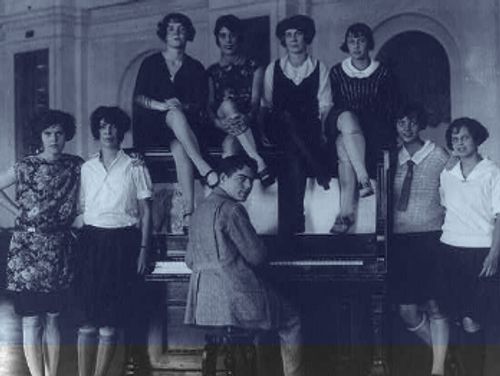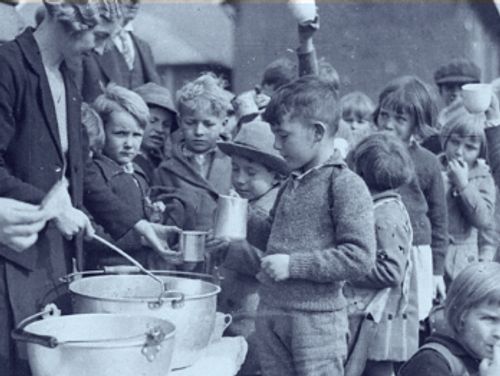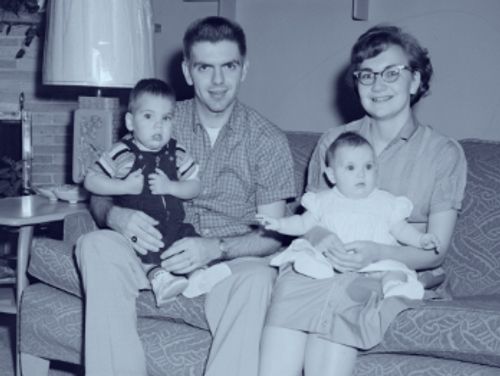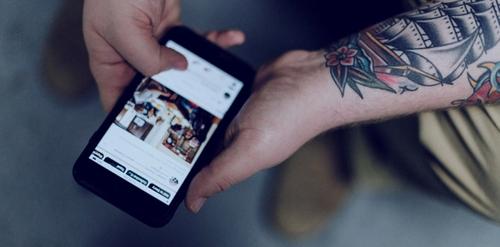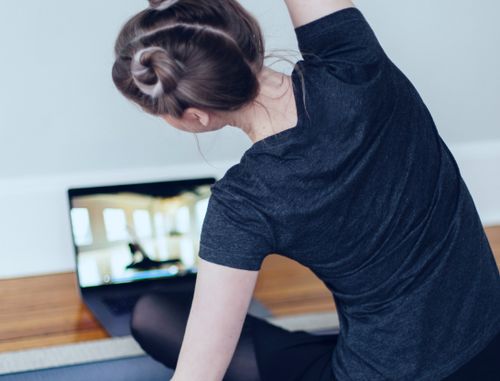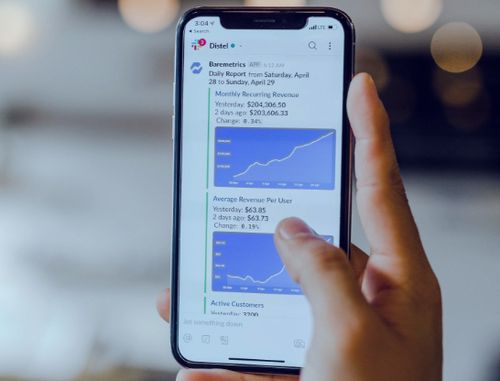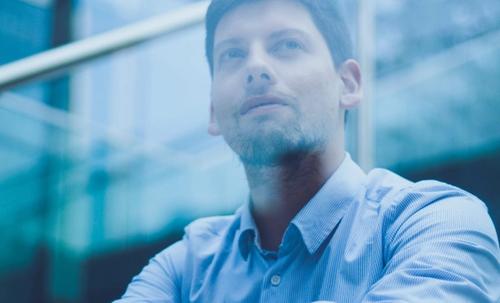With the pandemic having intruded on life events such as family weddings, moving cities, going to school and travelling the world, people have been forced to park some of their aspirations in order to deal with more pressing and immediate challenges and needs.
To explore and apply further insights about post-Pandemic consumers for your sector, business, or brand, please contact:
Suresh Raj
hello@v7international.com

